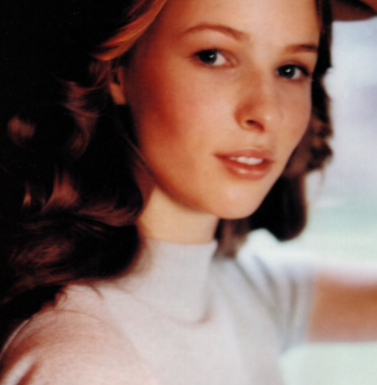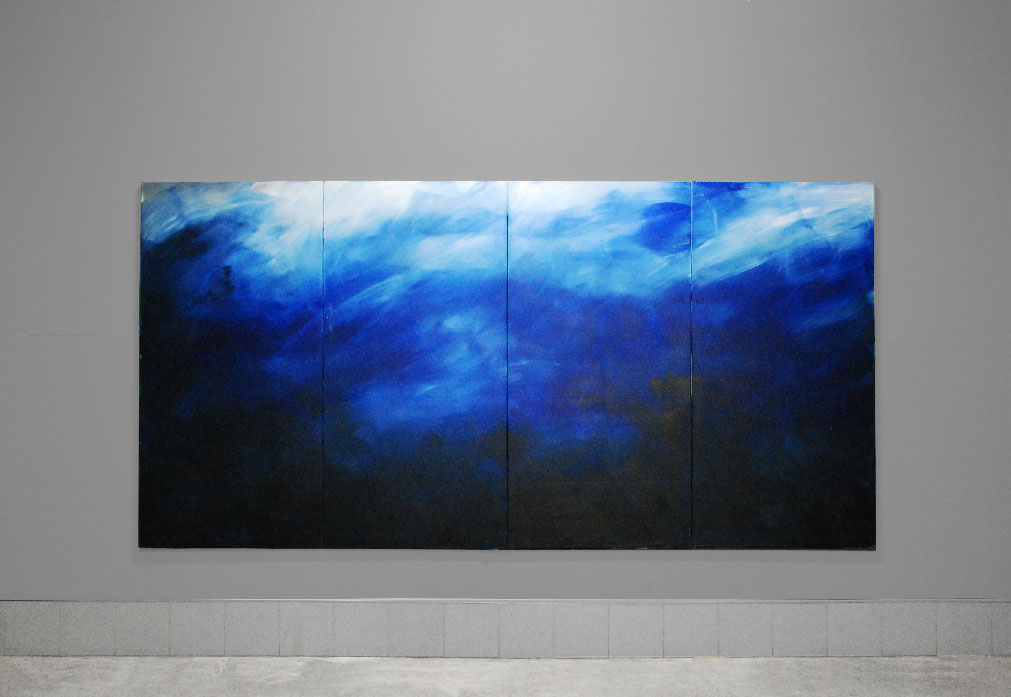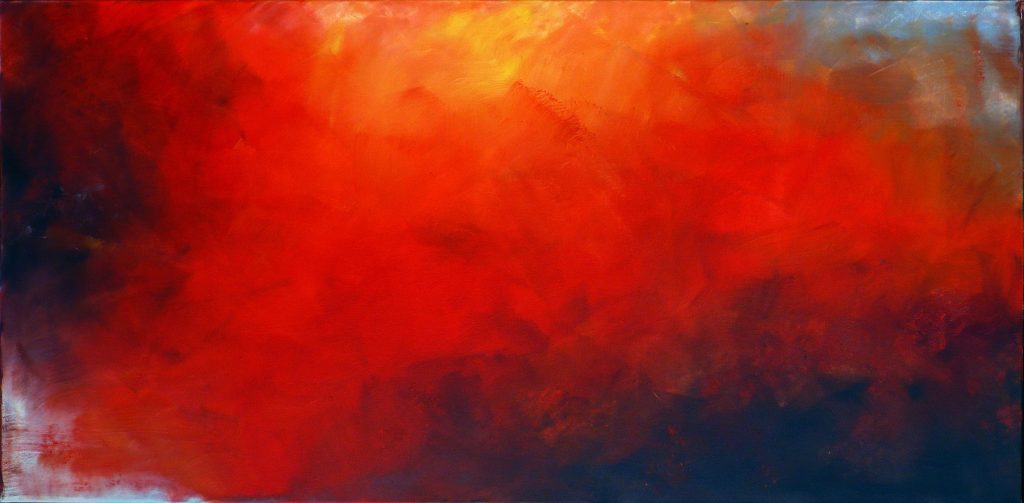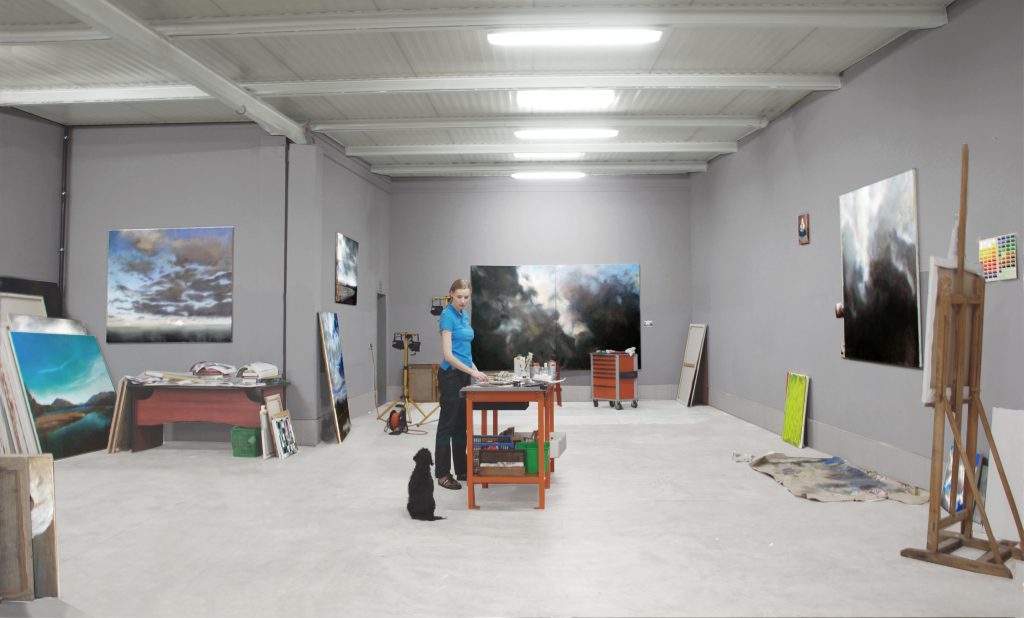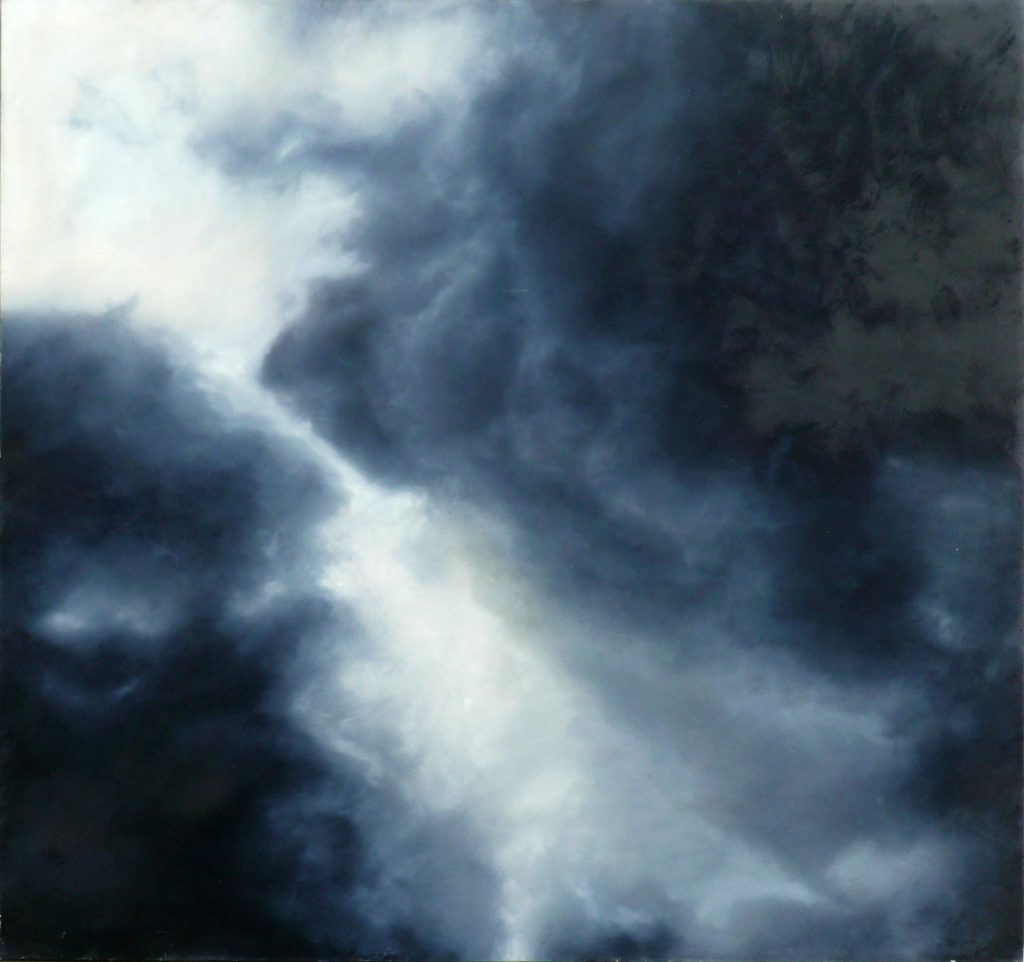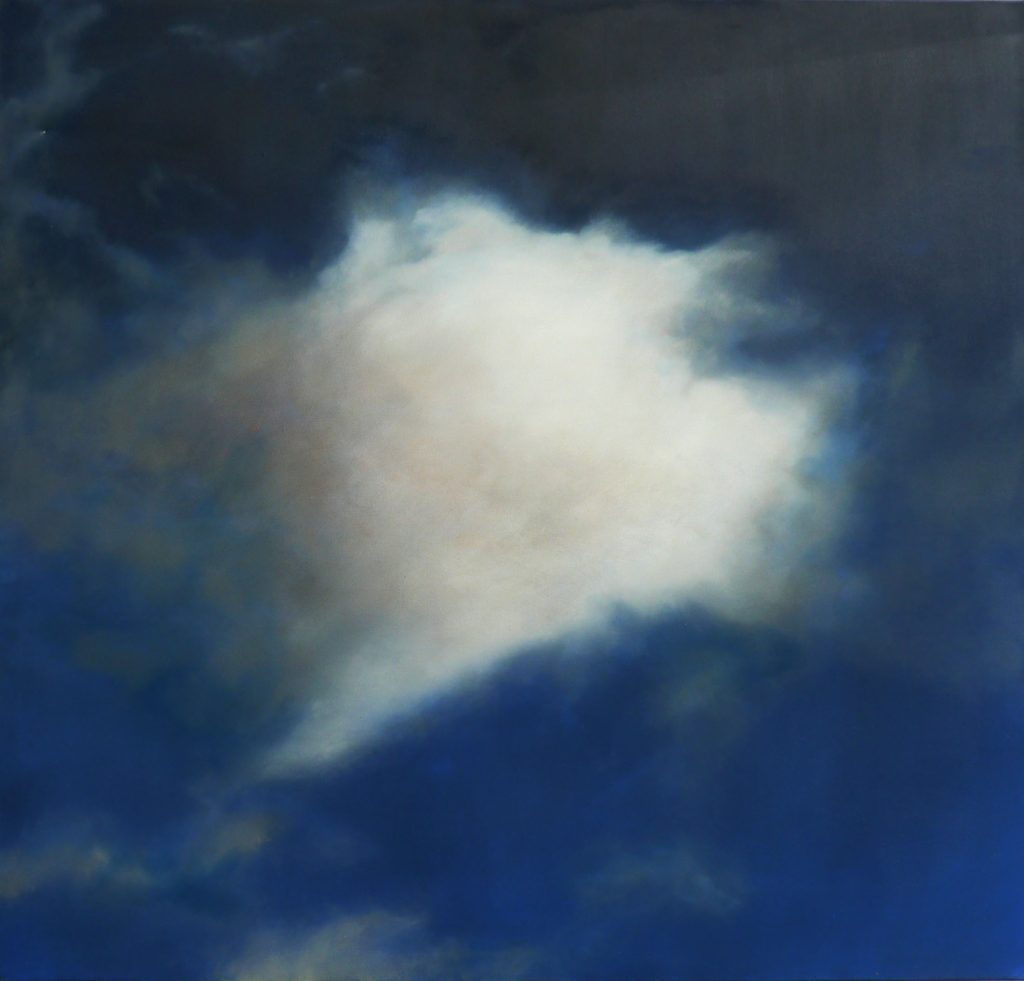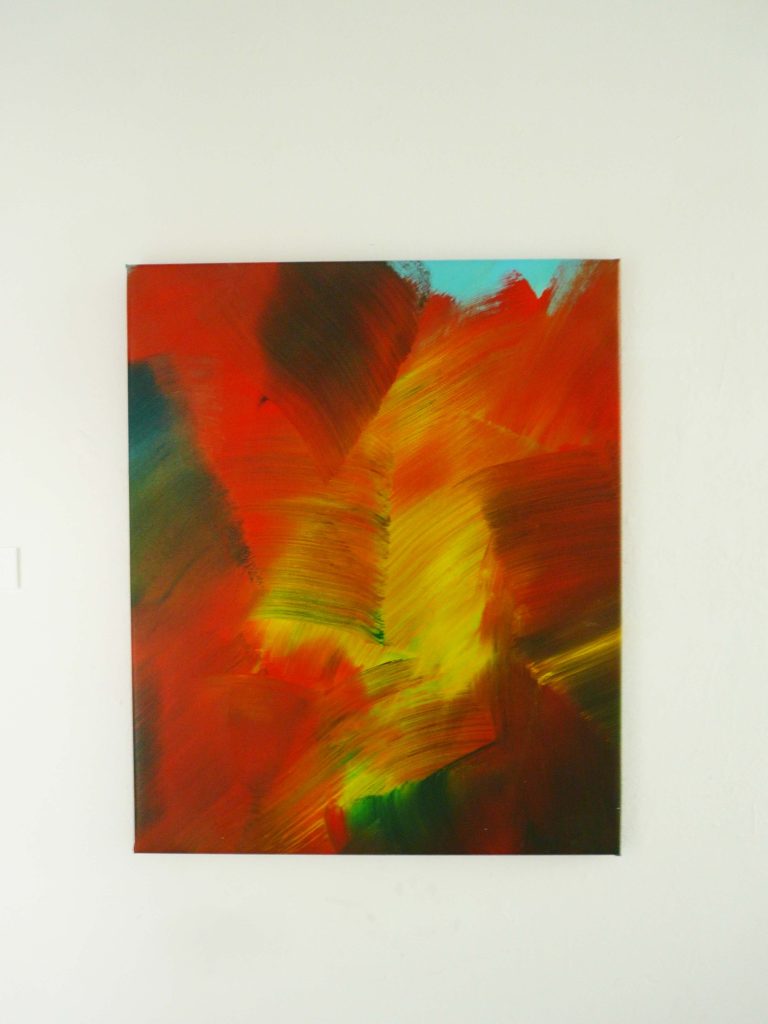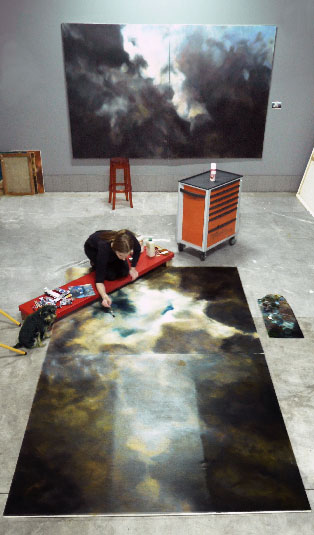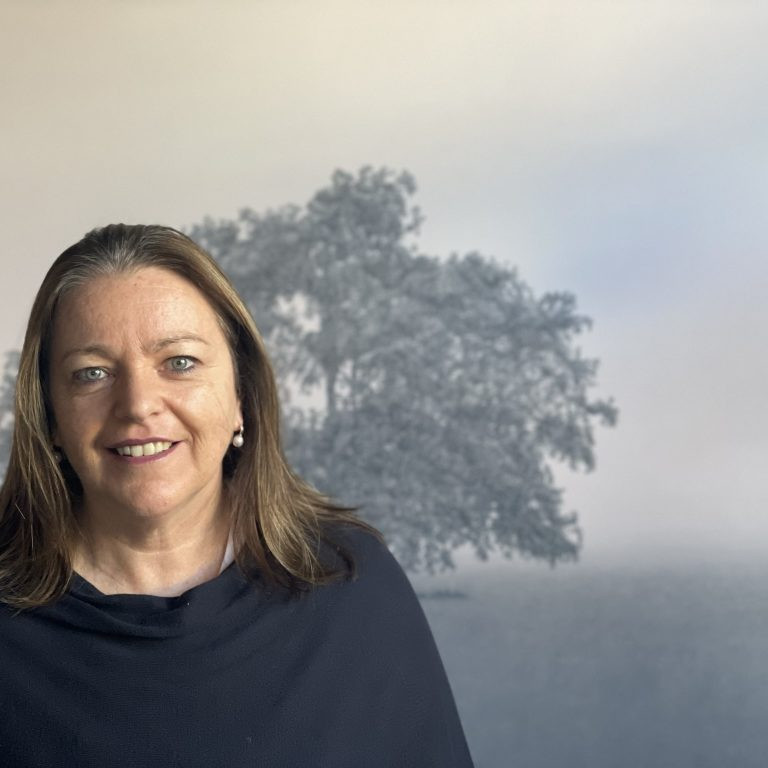Eva Mitera Painting - Scotland, Poland
How did the collaboration between Scotland and Poland come about?
I first came to Edinburgh in 2005 or 2006 and loved it, the architecture mix of medieval with my beloved palladianism and the breath taking Scottish landscapes and nature. I knew I had to stay there, so I applied to study at the University of Edinburgh, at the Design and Digital Media course and graduated in 2009. Ever since I ve been coming to Scotland for shorter or longer visits.
Scotlands constantly changing weather: misty, moody, rainy, sunny and landscapes, seascapes are a great inspiration and theme to my paintings. I observed these famously Scottish daily dramatic weather changes almost everyday while living in an apartment with the view of the Firth of Forth at the Western Harbour.
200 x 400 cms, Oil on Canvas
Do you notice a difference in the response to your work in Scotland versus Poland?
The perception of my works is very positive and alike in both Scotland and Poland, maybe because both nations have similar characters, both are proud but modest, honest, brave and indefinable.
Spectators do find what I am trying to depict in my paintings, capture the subtle changes of weather and the elemental forces of nature, the dramatic, the cataclysmic factor, the tension and vibration of landscape.
However, I tend to shun away from the audiences more personal views on my artworks firstly because I don’t want to be influenced by it or create artworks to please the audience. Secondly, I believe that particularly the abstract art is a mirror reflecting the viewers souls and emotions and it would be inquisitive to listen.
Discuss your use of Primary Colours in your abstract work?
Primary colours give freedom, are exciting, I paint my abstracts alla prima in a very spontaneous manner. Four primary colours are the most I use on one painting, the other colours on canvas are a result of controlled chance. Through this limitation or 3 or 4 colours paintings have strong vibrant colours are airy and refer to nature more. I try to capture the elemental forces of nature, the dramatic, the cataclysmic factor, the tension and vibration of nature.
Untitled – Red 100 x 200cms Oil on Canvas
Comment on the importance of size in your work?
Large format of the oil images plays an important role in creating a desired dramatic sense of nature. Spectators standing in front of monumental canvas is surrounded by it, the experience is greater.
The opposite view, you give, is one full of cool colours and movement through clouds. Discuss two of your recent cloud paintings?
Technique used?
In the two recent cloud paintings I have used the traditional technique of the Old Dutch masters, which I learned from a professional conservator. While studying it, I have made many copies, works by Rembrandt van Rijin from books as well as originals.
Painting in this technique is a long process mostly due to slow drying of oil paint, painting in this procedure consists of primary sketch, imprimitura, mid-toned imprimitura, painting, blending and glazing.
Colours that your subject demands?
Cloud paintings demand the highest quality handmade oil paints, I mostly use Old Holland, Talens and Schminke. I start with a basic colours Ultramarine, Cobalt or Prussian Blue and end with transparent layers colours. I mix my own colours from old recipes which I found during my Art History studies at the University of Warsaw as well as experiments.
Your ability to show movement?
I achieve movement through composition, contrast, colour and glazing. It’s still a bit of magic to me, sometimes it happens, sometimes it needs a year to finally turn up.
Storm, 2012, 152.5 x 159 cms, oil on canvas
Are your cloud paintings done in your studio or outside?
I create almost all of my oil works in the studio, they take very long to dry, especially clouds paintings through layering need to dry in clean and dust free environment.
Cloud 2012, 152.5 x 235 cms, oil on canvas
How do you record, by photography or sketchbooks?
My paintings of clouds and abstracts are based on the memory of the observation taken from nature and transformed onto canvas. In both Poland and Scotland I am constantly surrounded by nature, through in Poland I live in a house located in a large garden neighboring a forest, and in Scotland I travel a lot to highlands and islands in particular I love the Isle of Sky, Fort William and St Andrews and Edinburgh with Firth of Forth and Arthurs Seat.
I use photos as a starting point only to landscapes and sometimes clouds, but the final painting is far away from photorealism.
You also work in multi panelled canvasses can you expand on this and why and when it is used?
I use panelled canvas because they remind me of window views of nature, as well as Renaissance and baroque altars, I apply it to emphasize this dual aspect. Polytypic paintings allow me to create on an even bigger format.
Moon
Reflection also plays a large part in your work expand on this aspect?
Reflections give a sense of double reality, particularly in reflections on windows, shiny metal elements even car paint. Reflections are interesting in investigating light, exploring colour, spectrum rays of light.
Untitled, 2015, 198 x 235 cms, oil on canvas
Later in the year ’15 you will be take in part in both the Florence and Beijing Biennales, expand on…
I will only take part in Florence Biennale, Beijing was too far for me at this moment.
How these commissions came about?
Through application to the Florence Biennale and the invitation to take part.
Which countries will you be representing?
I will be representing Poland.
Untitled, 2015, 75 x 62 cms, oil on canvas
What will you be working on?
From the beginning of the year I am working on my painting for the Biennale, it is a large round canvas storm painting. It refers to the Andrea Mantegnas sealing fresco in Camera degil Sposi from the Palazzo Ducale di Mantova, Tuscany, Italy. I have seen this fresco back in 2003 while having art history classes there with the University of Warsaw, ever since it was in my memory. I am sure that Mantegnas tondo with the effect of trompe loeil was an astonishment to the citizens of Mantua, I hope to remind the citizens of any polis to not forget about nature, to appreciate it and care for it.
Some of the complexities that come into play in planning for Biennials against other exhibitions?
There not too many differences in preparations to Biennials and exhibitions. Maybe there is more pressure since Biennale happens every 2 years and the audience is international.
Contact details.
Eva Mitera
info@evamitera.com
Eva Mitera, Scotland & Poland
Interview by Deborah Blakeley, August, 2015
Think a colleague or friend could benefit from this interview?
Knowledge is one of the biggest assets in any business. So why not forward this on to your friends and colleagues so they too can start taking advantage of the insightful information the artist has given?
Other artists you may be interested in:


